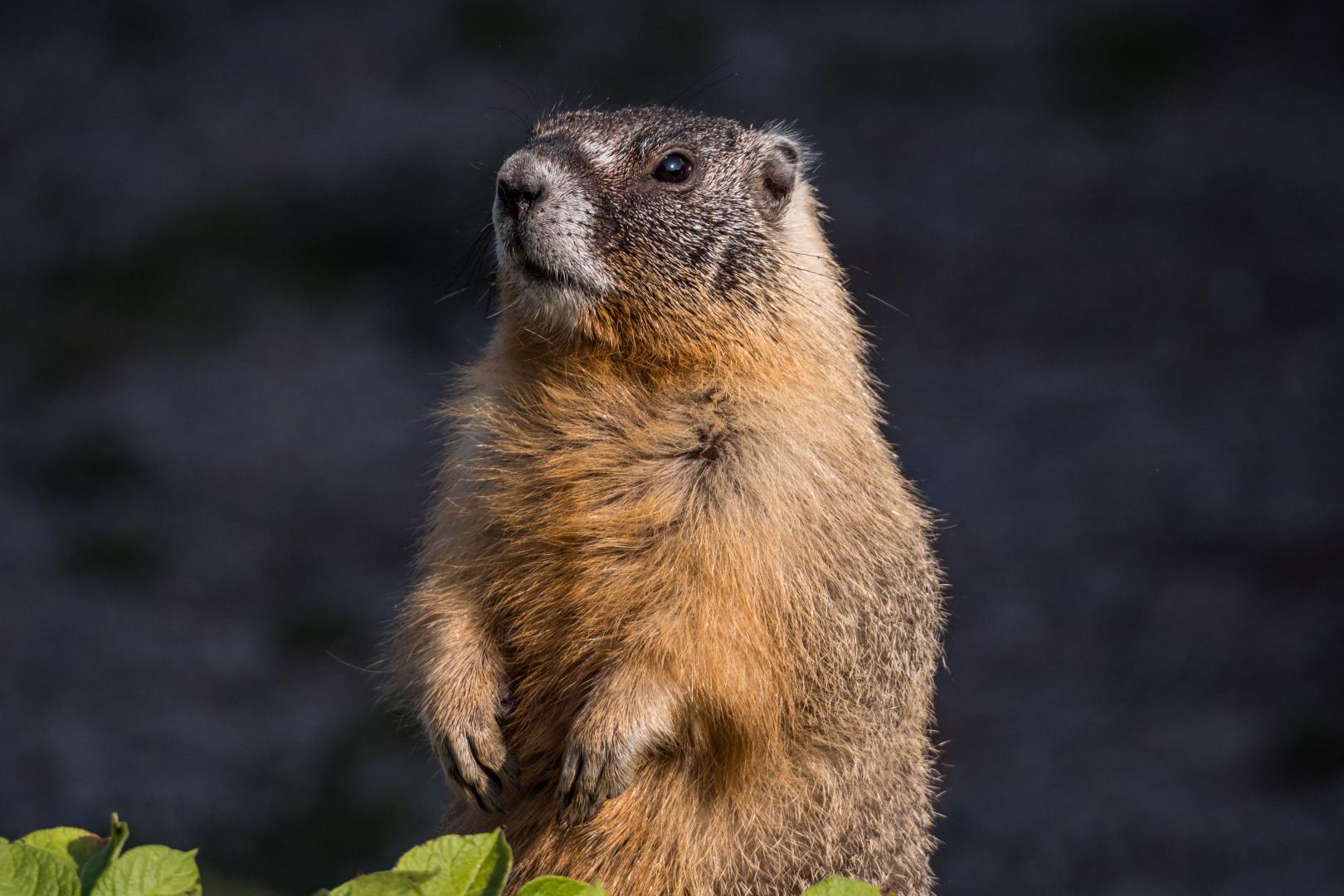
Date:
An unusual, yet beloved holiday
February 2nd is Groundhog Day, the day when a groundhog named Punxsutawney Phil predicts whether or not we will have six more weeks of winter. If he sees his shadow, more cold is on the way; if not, warmer weather is coming. While this holiday may seem like a silly tradition, it has a surprisingly deep history.
Ancient Traditions
Groundhog Day is halfway between the winter solstice (the shortest day of the year) and the spring equinox (when there is nearly equal daylight and darkness). This is what’s known as a cross-quarter day, a day that is halfway between seasons. Cross-quarter days have been important since ancient times, as it gave early farmers and others who were dependent on the seasons a way to break down the year and keep track of the passage of time. The cross-quarter days are Candlemas (February 2nd), May Day (May 1st), Lammas (August 1st) and Halloween (October 31st). Some early Christians believed that a sunny Candlemas meant 40 more days of winter. Germans took this a step further, looking for an animal’s shadow as proof that the day was actually sunny. When German immigrants came to Pennsylvania, this was one of many customs that they brought with them. They began using groundhogs (also known as woodchucks) because they were local to the area.
Punxsutawney Phil
In the 1880s, Clymer H. Freas, the editor of the Punxsutawney Spirit newspaper, had the idea to make Groundhog Day a formal holiday, and naming Punxsutawney Phil as the official weather-predicting groundhog. The Punxsutawney Groundhog Club, established in 1887, carries on the tradition today. While other cities have similar celebrations, there is only one Punxsutawney, Pennsylvania, and people travel there each February to join in the festivities. While there is fun to be had every year, the predictions are not always accurate – according to the National Centers for Environmental Information, Punxsutawney Phil is only correct about 30% of the time.


